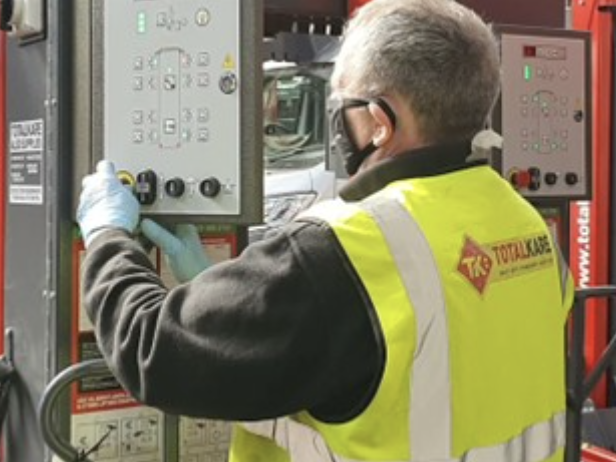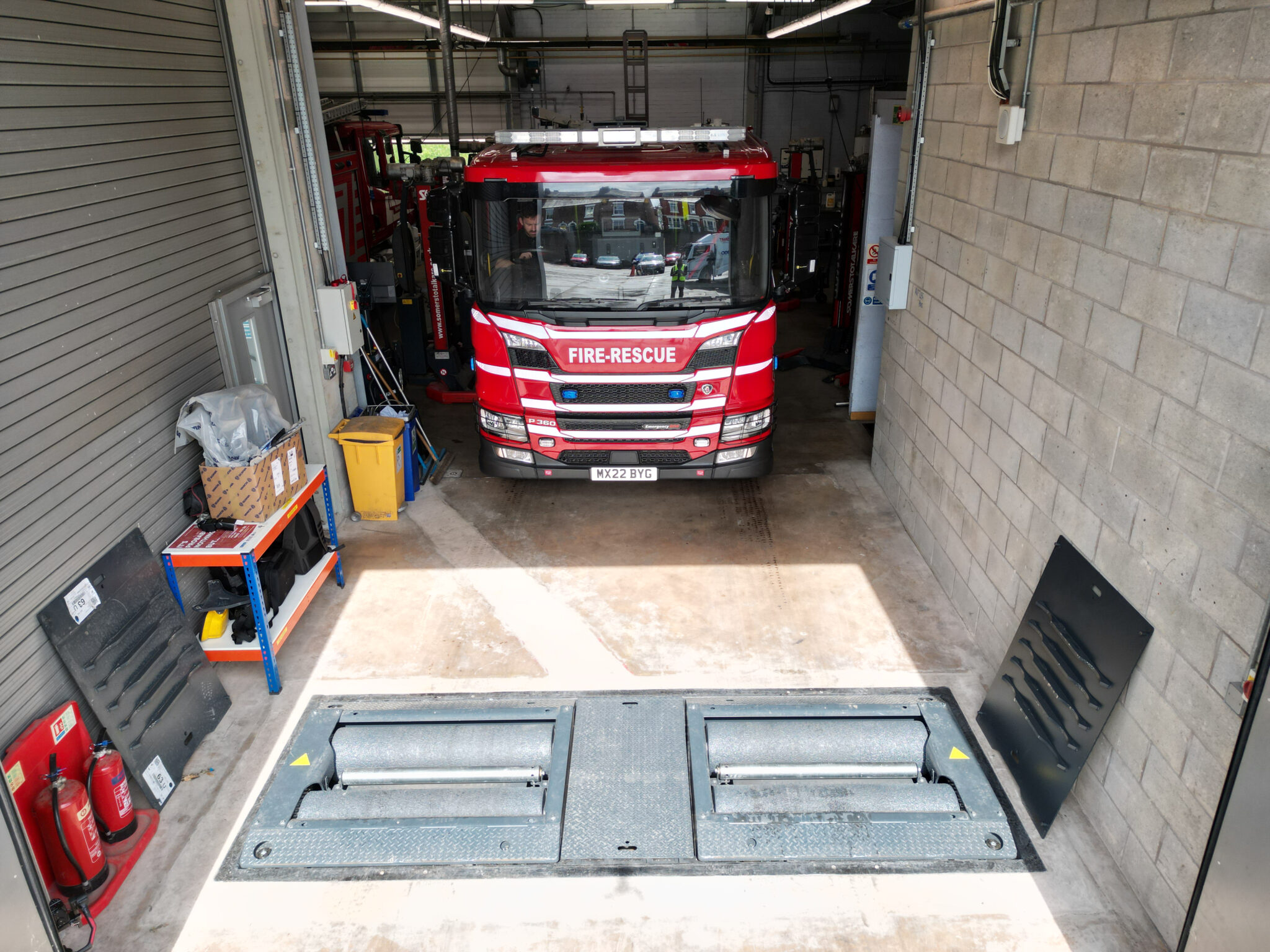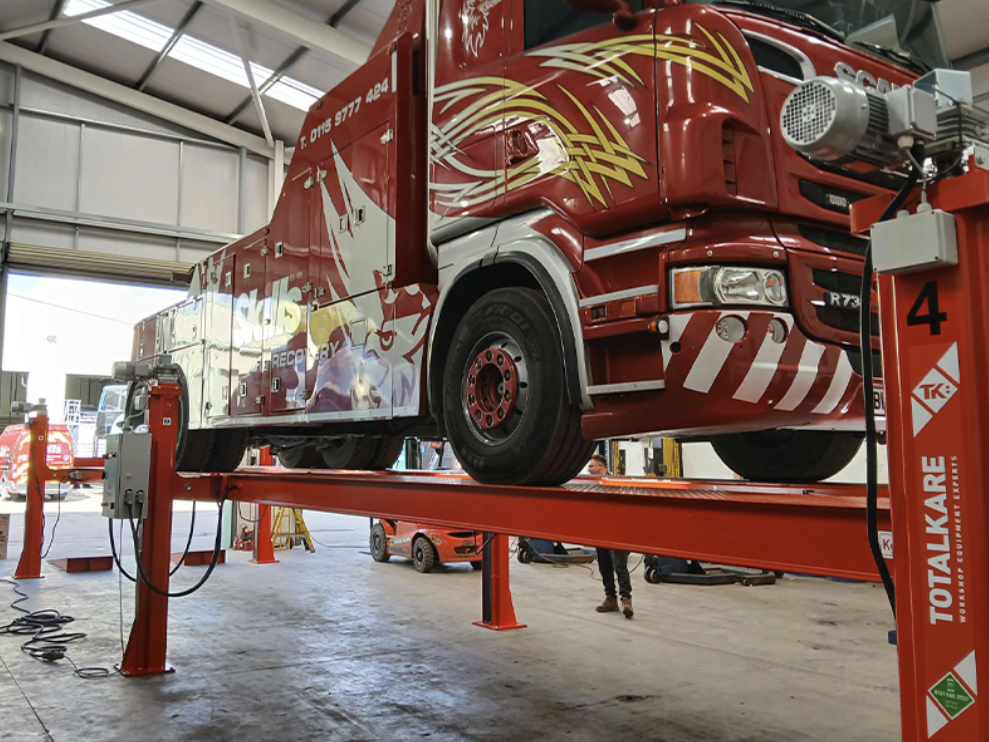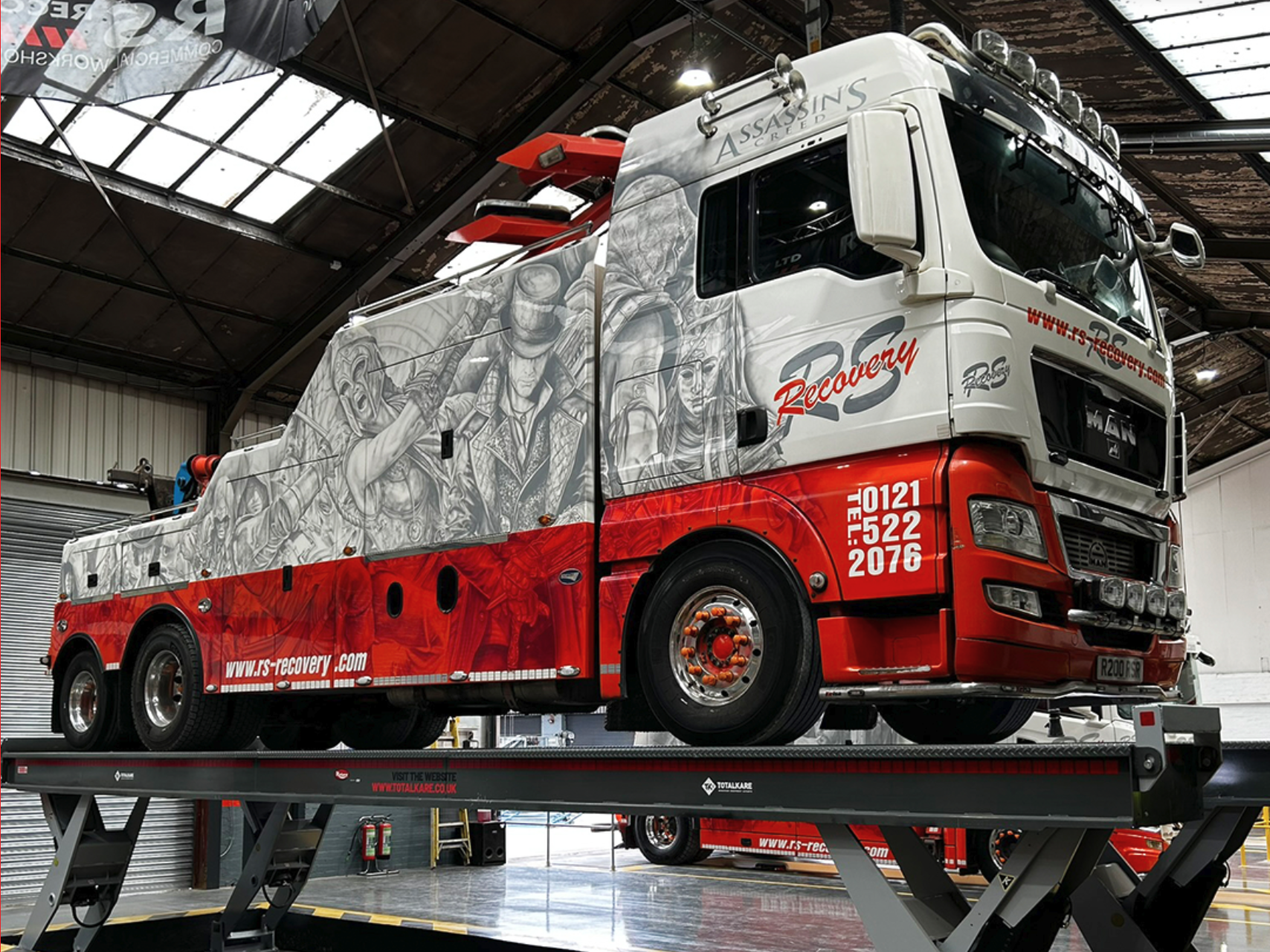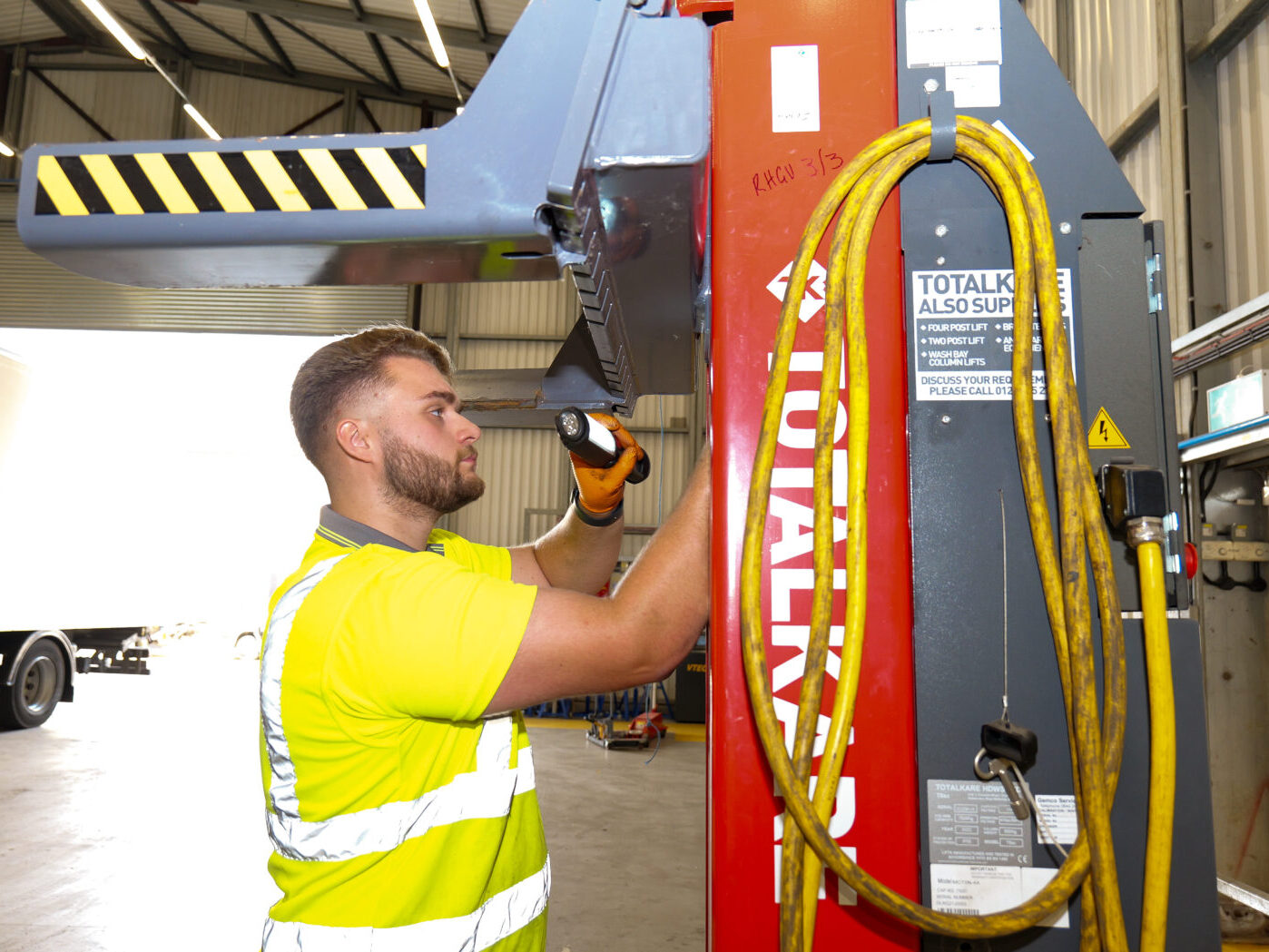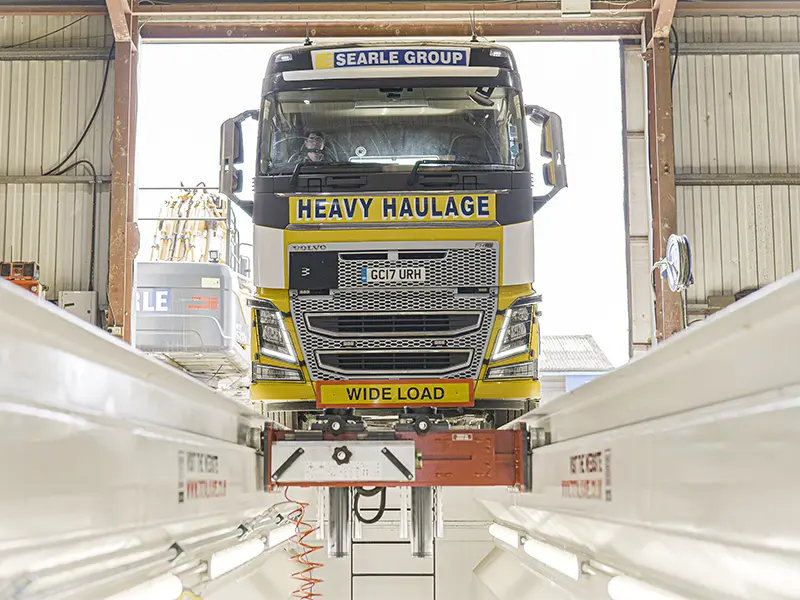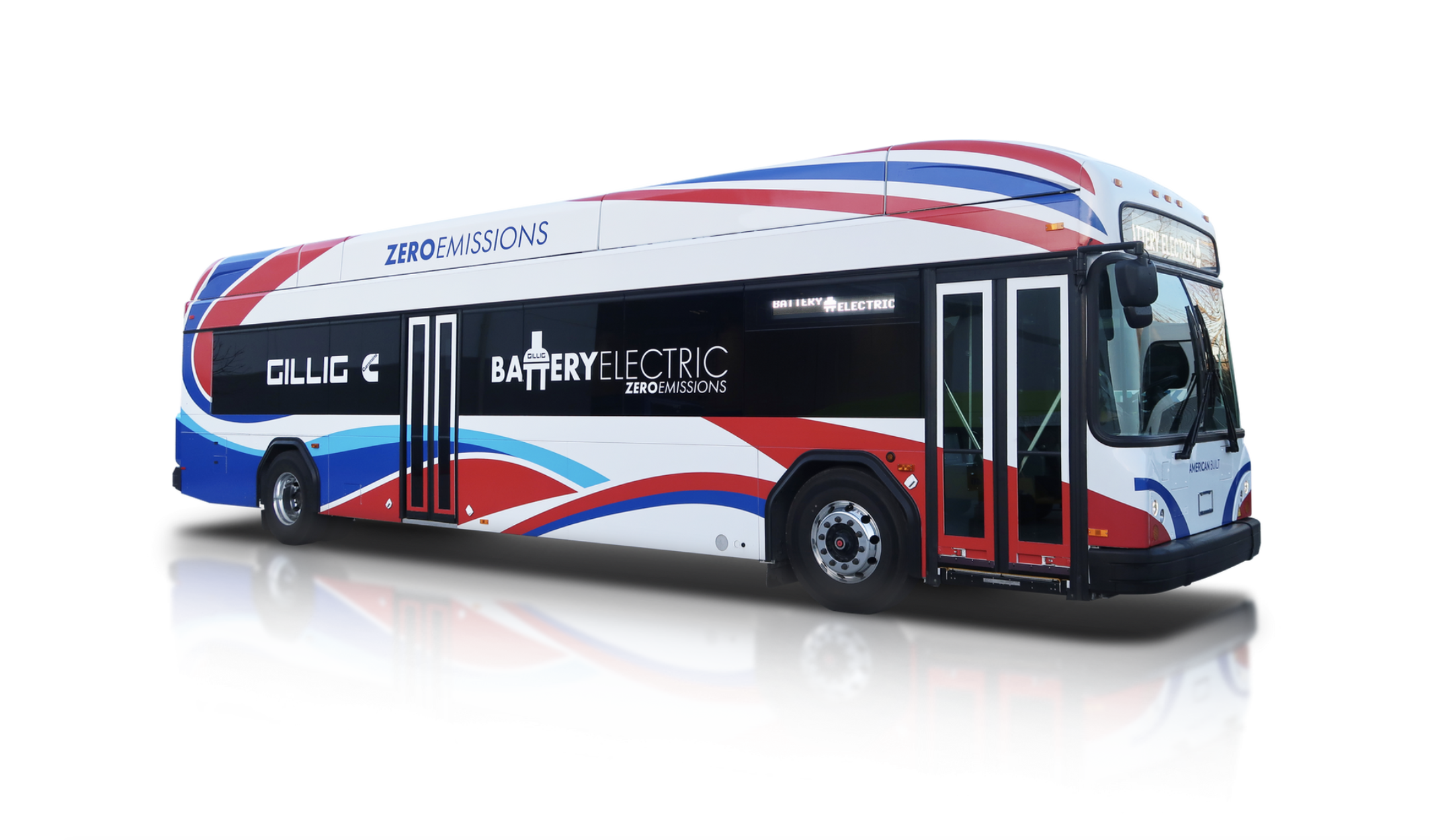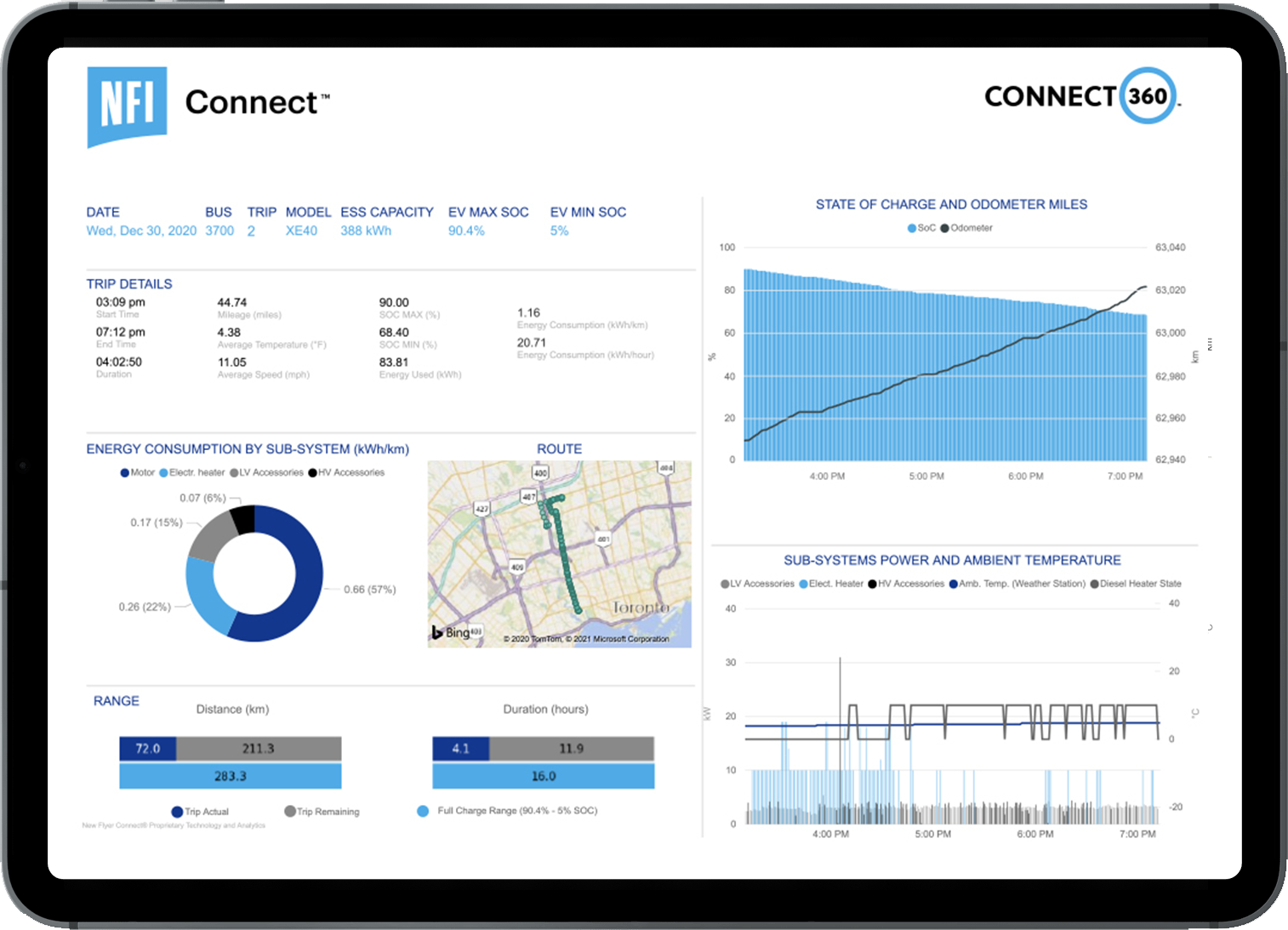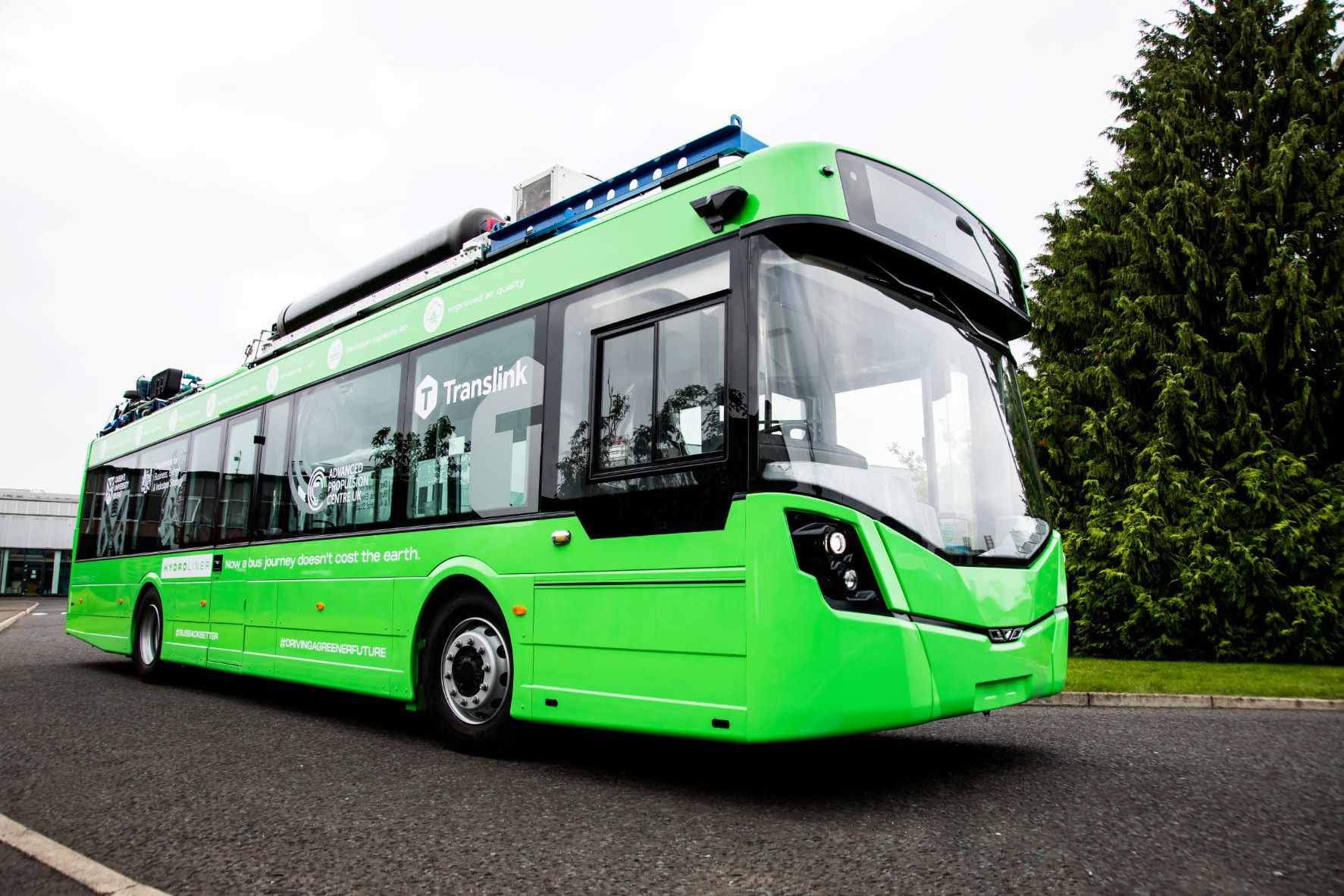So you’re in the market for a new vehicle lift for your commercial workshop. You’ve seen all the options and boiled it down to two (a 2-post or 4-post lift) – but you’re still not sure which is the best fit for your business.
If that sounds like you, we’ve got a little secret for you:
They’re not as different as you think.
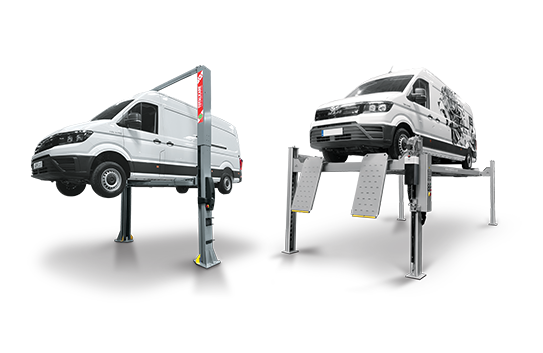
Before we dig into differences, we need to cover their similarities. And in many ways, the two types of lift aren’t that different at all.
Here’s what a 2-post and 4-post lift have in common:
- They’re both fixed installations – anchored to your shop floor in a fixed position. (If you’re looking for a lift you can move around, you’ll need a set of Mobile Column Lifts.)
- They both lift similar weights – our own Two Post Lift works from 3,500kg to 6,500kg, and our Light Commercial Four Post Lift goes from 4,000kg to 6,500kg.
- They’re both good choices for vehicles with long wheelbases.
- They both give full standing access to the chassis under the vehicle.
- And they’re both safe for your workers when you follow the right safety precautions.
So if the two types of lift have so much in common, what makes them different?
Here’s what you need to ask when you’re choosing between a 2-post lift and a 4-post lift:
How Easily Can You Access the Wheels?
For any workshop that services and repairs light commercial vehicles, this could be the biggest deciding factor.
Because a two-post lift supports the vehicle by attaching to its chassis (the underside of the vehicle body itself), it leaves the wheels of the vehicle fully accessible to your technicians.
That’s good news for anyone who needs to work directly on the wheels of the vehicles they’re servicing – giving you the full and open access you need to get the job done.
With a four-post lift, you’re driving the vehicle up onto the platform that gets lifted – which means a four-post lift supports the vehicle by the wheels themselves. To access the wheels on a 4 post a jacking beam can be used to obtain wheel free access.
You’ll still have some access to the wheels while the vehicle’s up in the air. But those wheels will be taking the weight of the entire vehicle, which will limit how much you can do with them.
How Simple Is It to Position a Vehicle?
A two-post lift might give you more access to the wheels. But when it comes to the actual lifting process, the four-post lift can make life much easier for your technicians.
With a two-post lift, your vehicles are being supported in the middle of their bodies – or more accurately, at the specific parts of the chassis that come recommended by the manufacturer.
This central support means it’s crucial to get the positioning and weight distribution right. And that means the safe use of a two-post lift is a more precise science.
But with a four-post lift, you’re driving a vehicle up onto the platforms that will raise the vehicle by its four wheels. There are four points of support equally distributed – which means it’s much easier to find a safe balance of weight.
(Of course, that’s not to say that a four-post lift doesn’t need precautions! Just like any other lift, you’ll need to follow its safety procedures carefully, and always be sure you’ve got the vehicle in the right position before you start lifting.)
So if you’re running a busy workshop with a high number of vehicles, you could find that a 4-post lift helps with a faster turnaround – which could mean a higher level of productivity overall.
How Much Space Can a 2-Post or 4-Post Lift Save?
Whether you choose the smaller two-post lift or the larger four-post lift, the space it takes up will always be the same when you’re using it.
(That’s the space occupied by the vehicle you’re lifting – which doesn’t change when you switch lifts!)
But if you’re working with a limited space, there are still a few differences you need to think about:
While the space is the same when the lifts are in use, there’s a big difference between them when they’re not being used. A two-post lift takes up considerably less space than a four-post lift – and in a smaller workshop that doesn’t do a lot of lifting, that could make life easier for your workers as they walk around the premises or move equipment when the lift is empty.
On top of that, there’s also a difference in vertical height:
A 4-post lift raises a vehicle by the base of its wheels – and a 2-post lift raises it by the base of its chassis.
So when the lifts are fully raised, the top of a vehicle on a 2-post lift should be slightly lower than the top of a vehicle on a 4-post lift. And if you’re working in a premises where the ceiling height is an issue, that extra half a metre could make all the difference.
So Is a 2-Post or 4-Post Lift Right for Your Workshop?
Unfortunately, there’s no easy answer that applies to every workshop.
They’re both reliable and safe, and they’re both a perfect fit for almost every light commercial vehicle you’ll have in your shop.
In most cases, it all comes down to the individual workshop:
You’ll need to think carefully about the premises you have and the specific ways you’ll be using them – and the technicians and workers you’ll be training to use them safely.
So if you know you need a lift but you’re still unsure what to buy, we’re here to help:
Get the detailed specifications you need to buy with confidence by checking out our Two Post Lift and Light Commercial Four Post Lift – or jump straight to the answers and recommendations you need by talking to one of our helpful experts.
This article was originally published by Totalkare.



